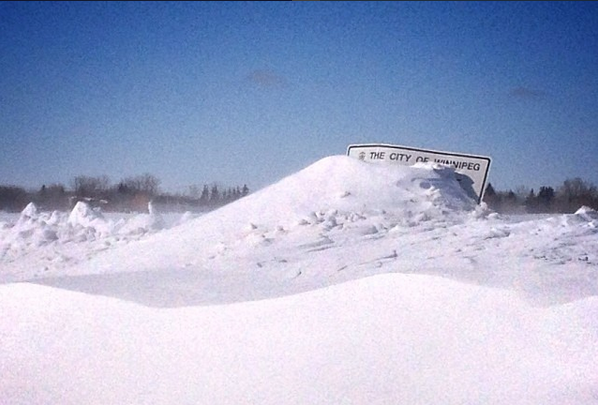For many people, it’s easy to make good choices and take extra steps to stay safe and warm in the winter. For instance:
Wear good wool clothing for all your outdoor winter activities. Wool will retain most of its insulating value even when wet, it will also breath better than other fabrics, allowing for activity without becoming saturated with sweat. Ear muffs and a hooded coat can make a big difference.
Layered synthetic fabrics also help keep you warm. Some are specifically made to stop the wet from getting through to your inner layers, while others allow sweat to escape more easily. Layer t-shirts and light jumpers/sweaters, so that you can easily adjust the amount you are wearing at any given point in the day.
Use hand-warming packs. These small packs use chemicals to create a continuous heat for several hours, a bit like having small hot water bottles in your pockets. (Warning: this is a common tip, but the packs are a poor environmental choice. They’re best used in emergencies only.)
Stay hydrated
Keeping food in your stomach will give you energy to keep you warm.
But if you don’t have a home, it’s not so easy. www.engageandchange.org Toronto’s Engage and Change runs Project Winter Survival, an “initiative dedicated to providing homeless and less fortunate with winter survival kits, which help provide warmth and essential supplies needed for survival on the streets during the winter.”
The kits contain sleeping bags, winter clothing, and hand warmers along with some things that might not come to mind.
Reusable water bottles can make a huge difference for someone struggling to stay hydrated. It’s tough to drink enough water when there are so few public drinking fountains and you can’t stop in to a café for a warm up and a hot drink.
For a homeless person, owning an insulated cup means that when someone offers a coffee, you have a way to keep it hot while you drink it.
Backpacks help keep belongings together and can be used as a pillow, and small things like lip balm and moisturizer can prevent painful chapped lips and skin.

Here in Winnipeg, helping someone else survive in the extreme cold can be as simple as donating some common household items or winter clothing to a shelter or support location like Siloam Mission, the Main Street Project, Just a Warm Sleep, the Fountain Street cupboard, Got Bannock, or Koats for Kids (the United Way).
Contributor: Mary Robinson – Council of Canadians Winnipeg Chapter Chair